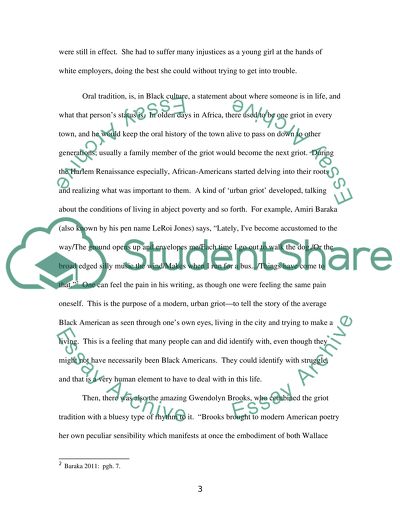Cite this document
(“The Movement of Spoken Word Poetry vs. Written Traditional Poetry Research Paper”, n.d.)
Retrieved de https://studentshare.org/literature/1391877-the-movement-of-spoken-word-poetry-vs-written-traditional-poetry
Retrieved de https://studentshare.org/literature/1391877-the-movement-of-spoken-word-poetry-vs-written-traditional-poetry
(The Movement of Spoken Word Poetry Vs. Written Traditional Poetry Research Paper)
https://studentshare.org/literature/1391877-the-movement-of-spoken-word-poetry-vs-written-traditional-poetry.
https://studentshare.org/literature/1391877-the-movement-of-spoken-word-poetry-vs-written-traditional-poetry.
“The Movement of Spoken Word Poetry Vs. Written Traditional Poetry Research Paper”, n.d. https://studentshare.org/literature/1391877-the-movement-of-spoken-word-poetry-vs-written-traditional-poetry.


